The shocking photos of syphilis victims before penicillin
It’s the terrifying disease most of us had forgotten about, but these photos remind us of the importance of one medical miracle. WARNING: Graphic

WARNING: GRAPHIC
Syphilis was one of the most horrendous illnesses in history, beginning as weeping sores around the genitals, followed by a rash that covered the entire body.
The second stage involved flu-like symptoms and sores that looked like warts on the mouth and genitals. At this stage the patient is at their most contagious.
Then, a slight reprieve as the symptoms began to clear and the disease remained dormant for up to a year. It must have been such a relief. But while the outward symptoms might have disappeared, this stage heralded the onset of the inner symptoms, as the bones, heart, nerves and brain were attacked.
Then came the most terrifying stage of all; the tertiary stage of the sexually transmitted disease where painful ulcers appeared on the face, and as the sores got deeper, the flesh dropped away, leaving deep craters. The ulcers ate away at the bone and caused the bridge of the nose to cave into the face — a condition known as “saddle nose”.
RELATED: Smallpox: The photos anti-vaxxers don’t want you to see
RELATED: Medical problems: Terror of 19th century operating table
RELATED: How accidental erections turned into millions
“No nose clubs” began to open as a way to offer support to people who had lost their noses to the brutal disease. Ugly and painful lesions and growths covered the body, and towards the end, the patient suffered blindness, paralysis, dementia and seizures as the nervous system was attacked.
Then, 91 years ago a miracle arrived — penicillin.
Today, as more and more sexually transmitted diseases are becoming resistant to antibiotics, it’s time we remember the sheer devastation that was caused by syphilis and the lengths people would go to as they tried to relieve their agony.

A CRUEL DISEASE
When German physician Joseph Grunpeck was struck down with syphilis, he described it as “so cruel, so distressing, so appalling that until now nothing more terrible or disgusting has ever been known on this earth”.
Historians have varying opinions about the origin of syphilis. Some believe it was first picked up in the Americas by Columbus’s fleet in 1493. It’s believed French troops came down with the disease in Naples in 1494.
Others maintain the disease came from elsewhere and had existed prior to the 15th century.
Anyone who was struck by the shocking disease was seen as a disgrace and “unclean”, and every country that was affected by syphilis was blamed by the neighbouring country for the outbreak.
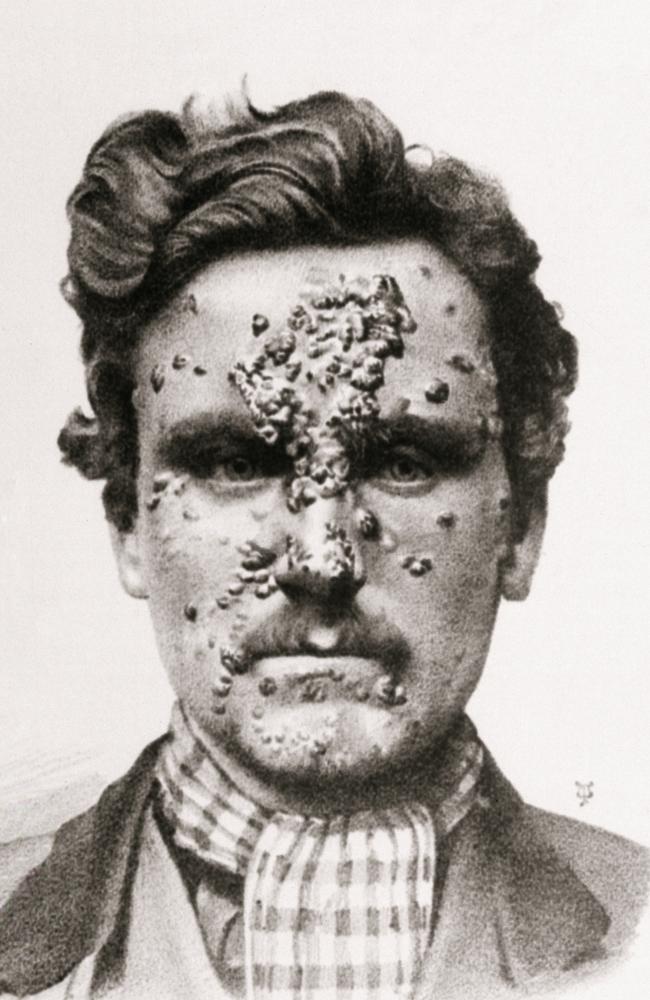
Prostitutes were also blamed for the spread of the disease. In 1864, the British government passed the Contagious Diseases Act, which allowed police officers to detain women they suspected as being “common prostitutes” so they could be examined for venereal disease. Even though the act was eventually repealed, it caused a lingering connection between sex workers and syphilis.
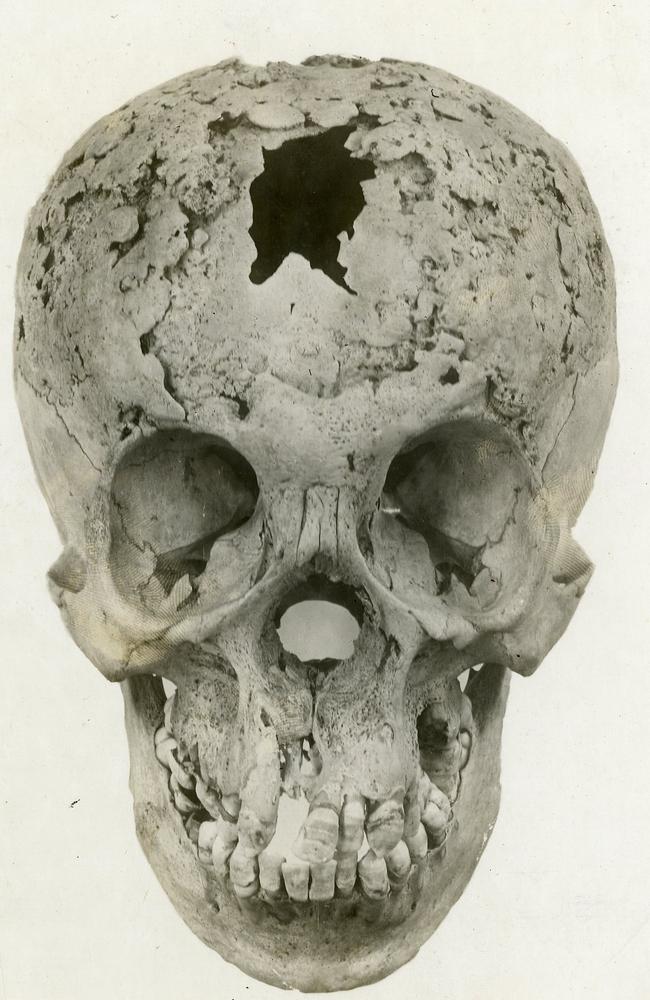
Medical historian and author of The Butchering Art, Dr Lindsey Fitzharris, told news.com.au people were terrified of syphilis, largely because of the social stigma attached to the disease.
“There was no hiding it due to the way syphilis manifested itself on the face,” Dr Fitzharris said.
“Nasal disfigurement became a sign of moral failing in its victims, regardless of the cause. This prompted an interest in rhinoplasty and other forms of reconstructive surgery in earlier centuries.
“Keep in mind that not everyone who contracted the disease did so through engaging in risky sexual behaviour. Spouses caught it from promiscuous partners, and infected mothers passed it onto their unborn children in what is known as congenital syphilis.”
The severe pitting in this skull is the direct result of tertiary syphilis. Sometimes referred to as "Cupid's Disease," syphilis was fatal before the discovery of penicillin. Notice the erosion of the nasal bone caused by the disease. Now housed at @medicalmuseum, MD. pic.twitter.com/t3M6Uz6Ye3
— Lindsey Fitzharris (@DrLindseyFitz) April 2, 2019
Syphilis was so common in the 19th century that “no nose clubs” sprung up in London. The idea was people would gather together to celebrate the fact their noses had fallen off due to the ravages of the disease.
On February 18, 1874, the Star & Evening Advertiser reported: “Miss Sanborn tells us that an eccentric gentleman, having taken a fancy to see a large party of noseless persons, invited every one thus afflicted, whom he met in the streets, to dine on a certain day at a tavern, where he formed them into a brotherhood.
“The man, who assumed the name Mr Crampton for these clandestine parties, entertained his noseless friends every month until he died a year later, at which time the group unhappily dissolved.”

DESPERATE FOR A CURE
Many people turned to mercury as a way to burn away the lesions. It was administered in the form of calomel (mercury chloride), an ointment, a steam bath or pill. It was also injected directly into the urethra.
But mercury had dreadful side effects. According to Dr Fitzharris, treatments gave rise to the saying “One night with Venus, a lifetime with Mercury”.
“Unfortunately, the side effects could be as painful and terrifying as the disease itself,”
Dr Fitzharris said. “Many patients who underwent mercury treatments suffered from extensive tooth loss, ulcerations and neurological damage. Some people even died from mercury poisoning.”

If a foreigner was found to have syphilis, they were sent home. When a wealthy person had syphilis, they were ordered to stay in their house. If a poor person had syphilis, they were sent to hospital where little could be done for them and, in many cases, they were whipped for being a “bad person” for getting the disease in the first place.
As the infected population spread throughout Europe, doctors and surgeons were at a loss as to what to do to curb the spread of the disease. At least they’d figured out it was a sexually transmitted disease, as one physician claimed, “men get it from doing it with women in their vulvas.”
A SYPHILIS ‘LOVE STORY’
The woman who wore this prosthetic was suffering from syphilis.
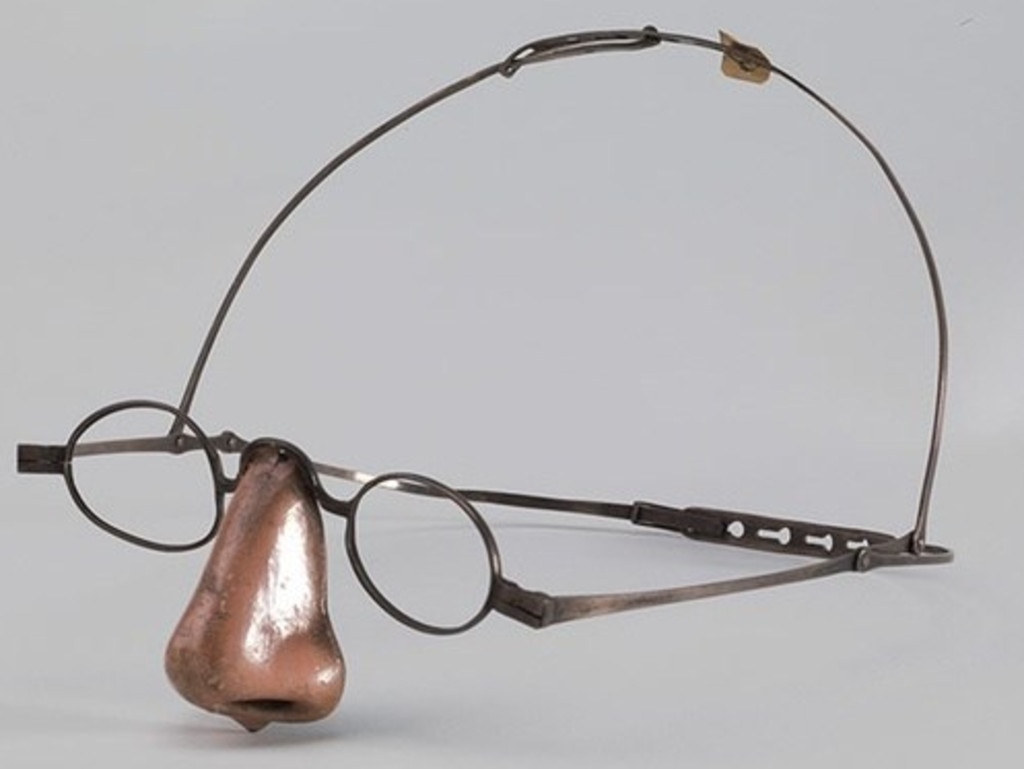
According to Dr Fitzharris, the woman eventually lost her teeth and palate after prolonged exposure to mercury treatments.
“Her husband, who was the source of her suffering, finally died from the disease, leaving her a widow. But it wasn’t all doom and gloom for the poor, unfortunate Mrs X.
“According to records at the Royal College of Surgeons in London, the woman found another suitor despite her deformities. After the wedding, she sought out the physician, James Merryweather, and sold the contraption to him for £3. The reason? Her new husband liked her just the way she was — no nose and all!”
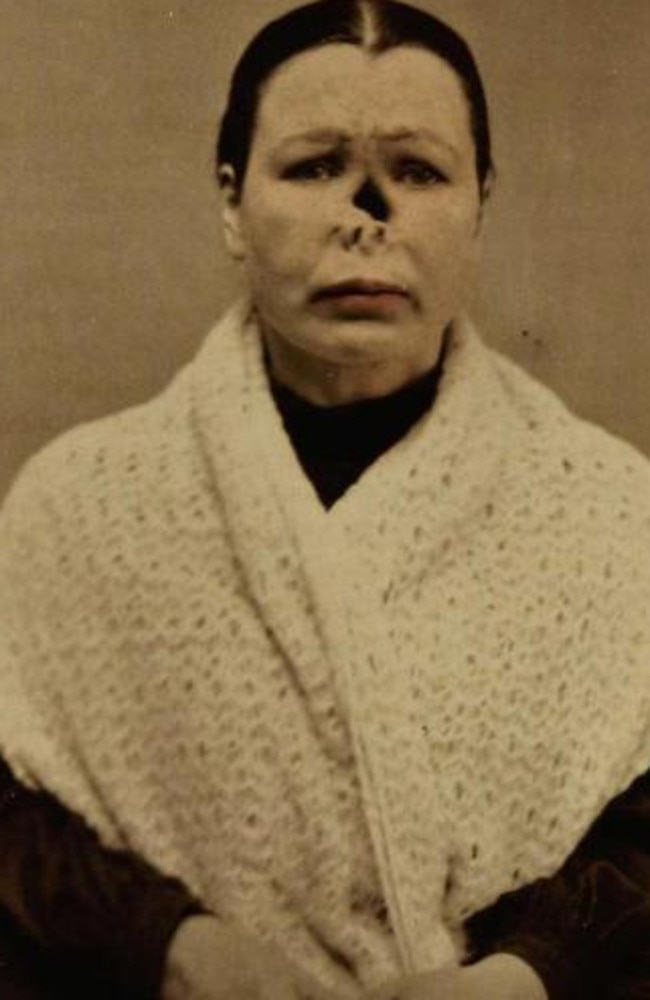
SYPHILIS TODAY
Once penicillin was discovered in 1928, the nightmare of syphilis ended. Discovered by accident by Sir Alexander Fleming, who was researching a cure for influenza at the time, he later said, “When I woke up just after dawn on Sept. 28, 1928, I certainly didn’t plan to revolutionise all medicine by discovering the world’s first antibiotic or bacteria killer. But I guess that was exactly what I did.”
Today, with less young people practising safe sex, syphilis is on the rise again. According to the World Health Organisation (WHO), more than one million people every day worldwide catch a sexually transmitted infection.
The report, based on 2016 global data (the latest available), shows there are 6.3 million new cases of syphilis among those aged between 15 and 49.

Syphilis caused an estimated 200,000 stillbirths and newborn deaths in 2016, making it one of the leading causes of baby loss. While syphilis can be easily treated with antibiotics today, if left untreated it can spread to the brain and be fatal.
A British report found those aged between 17-24 were less likely to use a condom during sex (the best way to protect yourself from syphilis is by condom use), and a new campaign has been launched to encourage people to protect themselves from syphilis as well as chlamydia and gonorrhoea, which are also on the rise.
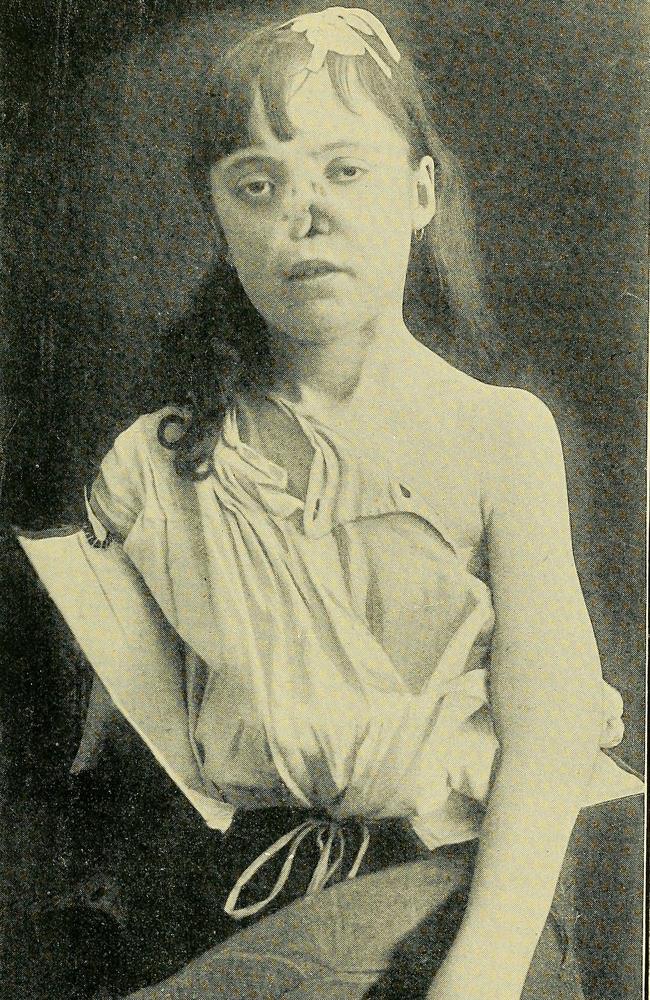
LJ Charleston is a freelance journalist. Follow her on Twitter @LJCharleston



